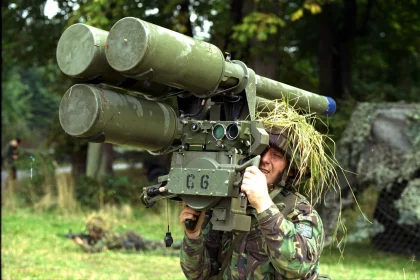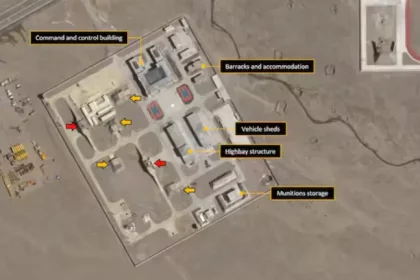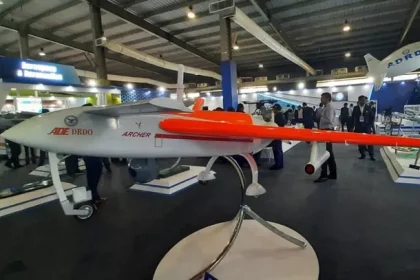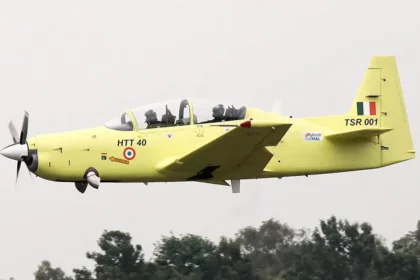Indian Air Force to Set Up Central India’s Largest Airbase at Khajuraho, Madhya Pradesh
IAF’s 1,000-Acre Khajuraho Airbase to Strengthen Central India’s Defence Grid and Spur Regional Growth.
Indian Army Begins Emergency Procurement of US-Made Javelin Anti-Tank Missiles, Eyes Co-Production in India
Emergency Acquisition to be Followed by Co-Production Talks with the U.S. Under ‘Make in India’ Initiative.
New Chinese Air Defence Complex Spotted Near Pangong Lake, Heightening Tensions Along LAC
Satellite Images Reveal HQ-9 Missile Shelters and Radar Sites as Beijing Expands Military Infrastructure Near LAC.
DRDO Successfully Conducts Maiden Flight of Indigenous Archer-NG MALE UAV
Next-Generation Indigenous UAV Marks India’s Leap Toward Autonomous Surveillance and Precision Strike Capabilities.
HAL Achieves Landmark Milestone as First Production-Series HTT-40 Trainer Takes Maiden Flight
Indigenous Basic Trainer Enters Production; Boosts IAF Pilot Training and India’s Defence Self-Reliance.
Lt Gen Abhijit S Pendharkar Reviews Security Situation in Nagaland and Assam, Commends Assam Rifles for Professionalism
GOC Spear Corps Reviews Operational Preparedness, Praises Troops for Dedication and High Morale.






